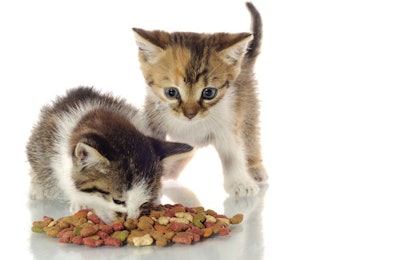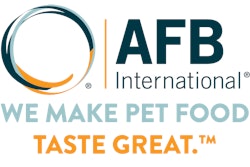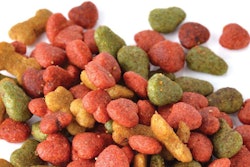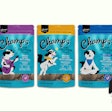
Because pet parents see feeding as a time to enrich the bond with their cats, measuring a cat’s enjoyment of food and treats can enhance that bond, according to Susan Jojola, Ph.D., manager of applied behavior research at AFB International.
Jojola spoke Tuesday at Petfood Forum 2019 in Kansas City, Missouri.
“A pet parent’s perception of the cat’s enjoyment of a meal is very important,” she said. “This perception is likely what influences the pet parent to either purchase the same type of food that they’re currently offering their cat or maybe to make a switch to something different.”
This can help pet food and treat manufacturers figure out what products cats find most and least enjoyable.
“There is a direct link between enjoyment and the pet parent’s perception,” Jojola said.
Measuring enjoyment can offer insight into product performance beyond consumption, and is a possible indicator of the in-home feeding experience, Jojola said.
“There really is this shift from (cats) being the pest control agents to being members of the family and sharing our homes. So that’s why looking at food enjoyment is important,” she said.
Measuring behavior data
By supplementing consumption data with behavior data – food focus, work effort and interaction – cats’ enjoyment of food can be better measured.
Food focus is the cat’s focus on the food. High food focus indicates palatable food and high interest, while low food focus indicates distractions while eating, which could be related to palatability. Measuring food focus can help distinguish between products where consumption is similar.
Work effort shows whether the cat thinks the food is worth working for. By giving cats puzzle trials, where they have to work to get a treat, researchers can measure preference, which aids in distinguishing differences between products.
Interaction indicates the cat’s willingness to interact with a human to get the food or treat. By using paste treat products, researchers can measure how much a cat enjoyed the paste and is more likely to allow the owner to pet them, even when no more paste is offered.
“Enjoyment measures … tell that different dimension of the feeding experience,” Jojola said. “Evaluating enjoyment can help pet food manufacturers improve products, help pet parents enjoy more interaction with their cats and increase that human-cat bond, and also interpret preference based on additional criteria.”
















